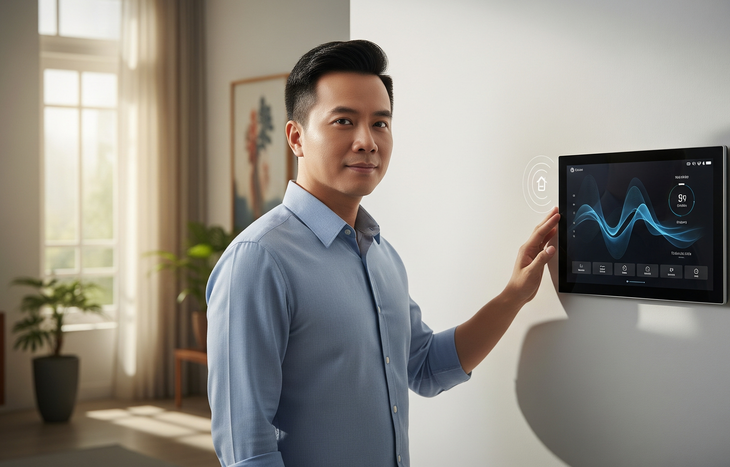
The image depicts a man using a smart electricity and water system.
Many families are "startled" when they receive a sharp increase in their electricity and water bills, even though their living expenses have not changed. There are many unexpected situations such as leaks under the sink, damaged underground water pipes, or children playing with the faucet and forgetting it...
Today, with the support of sensor technology, network connectivity and AI, smart electricity and water systems can self-monitor and alert users in real time.
Smart electricity and water systems know how to "warn" instead of just measure
No longer simply mechanical meters, today's smart electrical and water devices integrate sensors and network connections , allowing remote monitoring via applications.
For example, a smart water flow meter can detect anomalies such as continuous flow at night - a sign of a leak or a faucet that was forgotten to be turned off. When detected, the system will send a notification via app or SMS to the user.
Similarly, digital electricity meters can warn when consumption exceeds a set level. Some devices can also automatically cut off the circuit if they detect a risk of overload or short circuit, reducing the risk of fire. Thanks to cloud computing, usage data is continuously stored and analyzed, helping users track daily consumption charts and adjust their behavior to be more economical.
Some new housing projects or luxury apartments have integrated electricity and water management systems right from the design stage. Automatic water valves can close immediately when there is a leak warning.
These technologies are becoming more popular in residential areas due to their affordable price and ease of installation, especially in the context of urbanization, which increases the need for remote monitoring.
When AI and IoT help save, protect and control
The biggest difference of the smart system is the ability to "learn" user behavior . Thanks to artificial intelligence models, the system can analyze the history of electricity and water usage to detect abnormalities that are difficult for humans to recognize.
For example, an apartment with stable consumption for many months suddenly has a spike during low-use hours - the system will send a warning and suggest an inspection.
In addition to monitoring, devices are increasingly automating their responses. If a leak is detected, the system can temporarily shut off the water supply and alert the homeowner and maintenance department. With electricity, systems that incorporate heat, humidity, or smoke sensors can act as a supplement to fire alarms, improving safety.
The integration of IoT and AI not only brings convenience but also contributes to saving resources - important in the context of constantly adjusting electricity and water prices. Many applications allow setting maximum usage levels by day, week or month, and suggest cuts when the threshold tends to exceed. For households with peak usage habits, the system can suggest optimal time frames to reduce costs.
Smart electricity and water systems are no longer the “privilege” of high-end smart homes. With increasingly accessible costs and practical benefits, this technology is becoming a popular choice for households who want to save, be safe and have better control over their daily living resources.
The development of sensors, IoT connectivity and artificial intelligence is the foundation for turning the phone into a home control tool - not only convenient, but also proactively preventing risks.
Detect leaks in minutes with AI
Flow and pressure sensors combined with AI are helping electricity and water systems become “eyes” and “ears”. When consumption exceeds the norm, data is sent to the cloud for analysis and users are alerted within minutes, something that is impossible with traditional mechanical meters.
Source: https://tuoitre.vn/he-thong-dien-nuoc-thong-minh-tu-bao-ro-ri-thong-bao-khi-vuot-dinh-muc-20250619101450873.htm


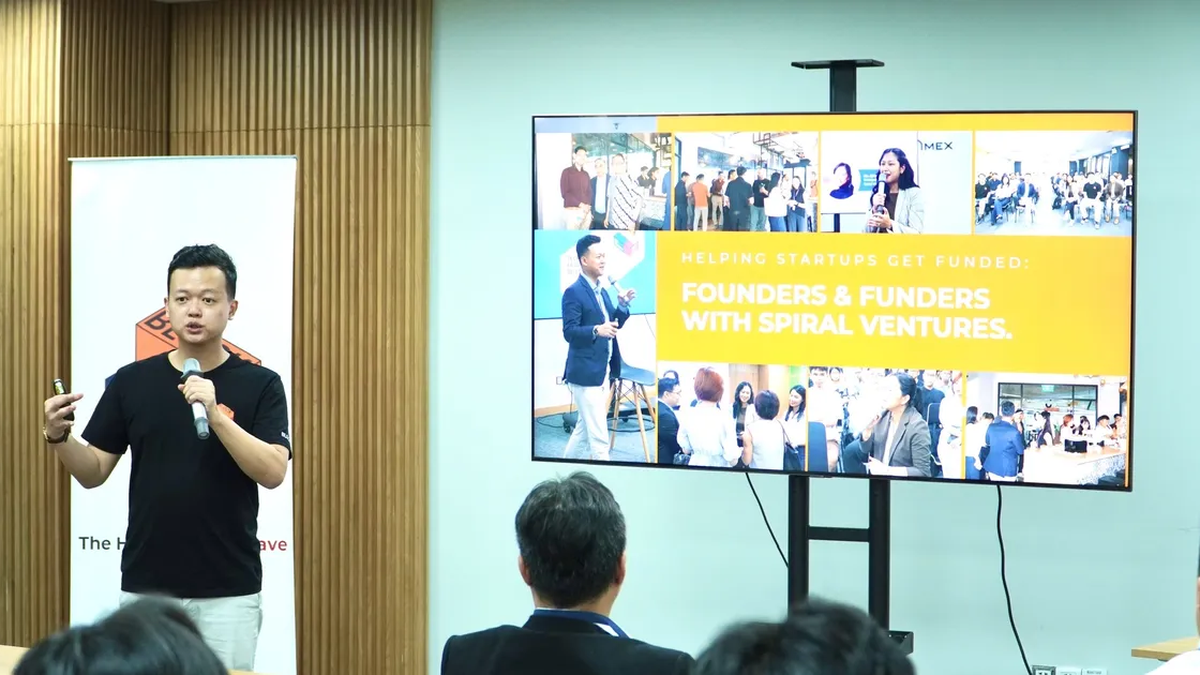


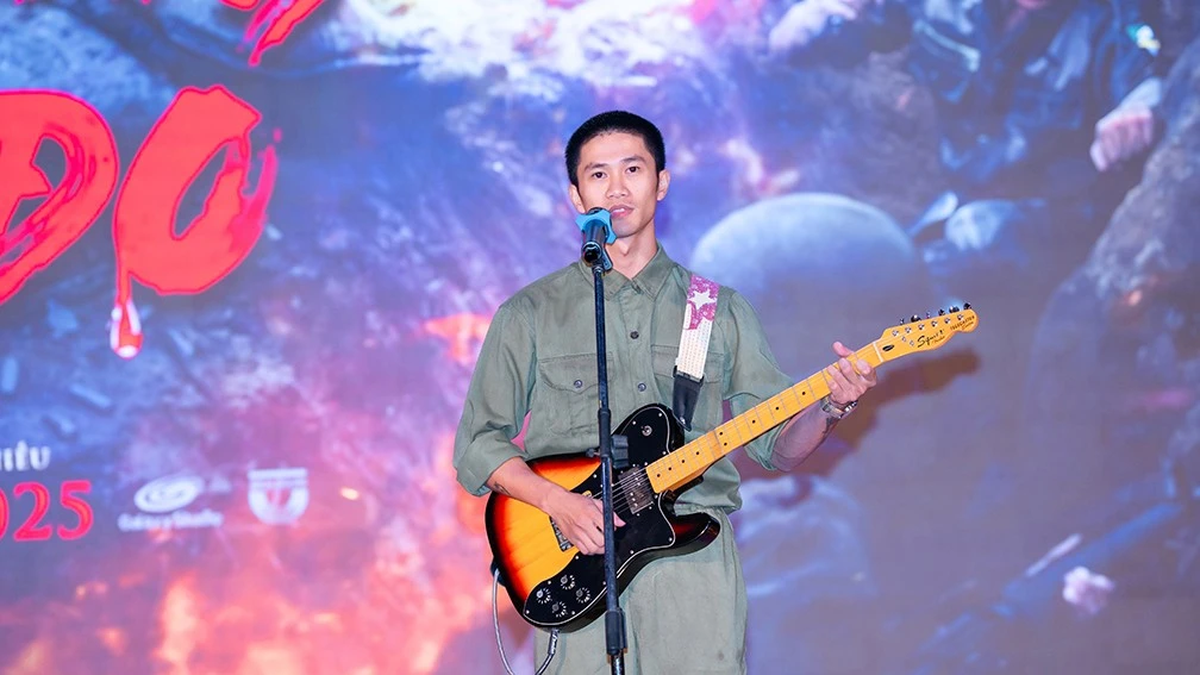





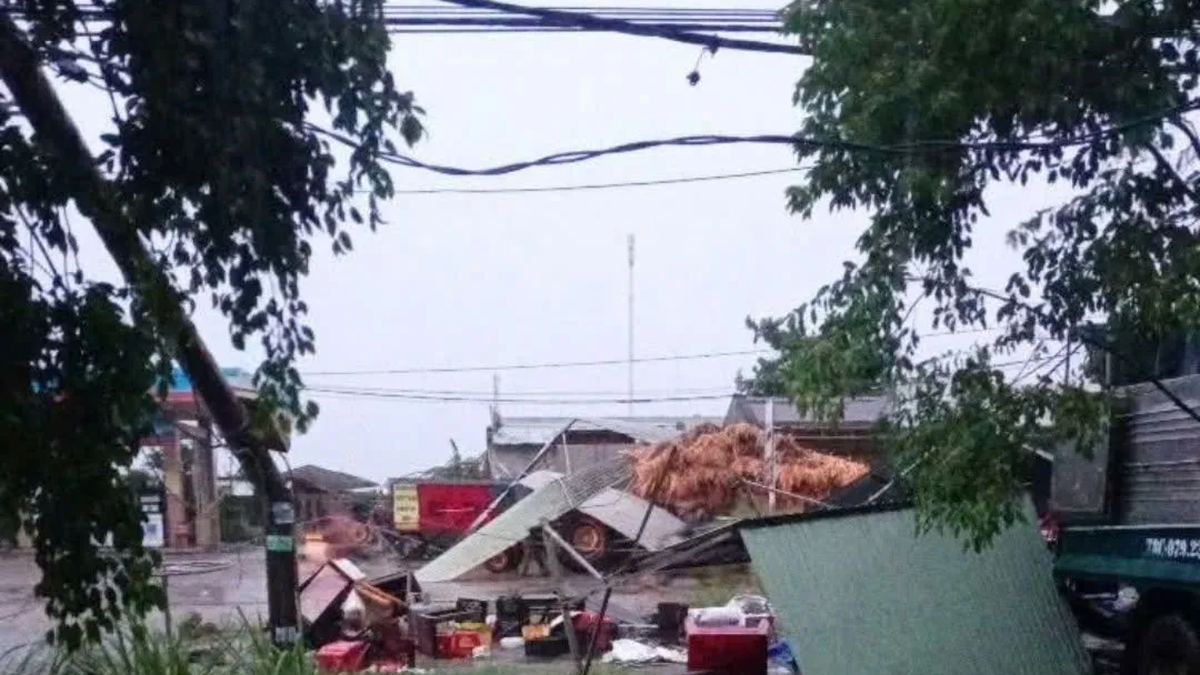

















![[Photo] Nghe An: Provincial Road 543D seriously eroded due to floods](https://vphoto.vietnam.vn/thumb/1200x675/vietnam/resource/IMAGE/2025/8/5/5759d3837c26428799f6d929fa274493)






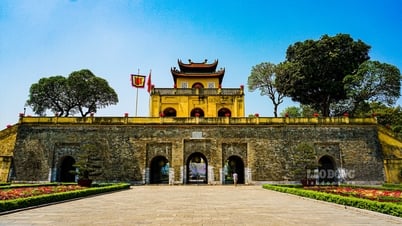

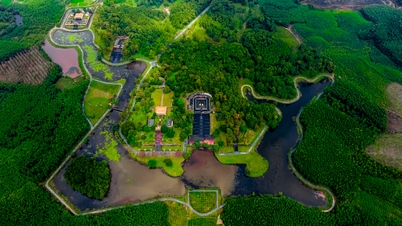


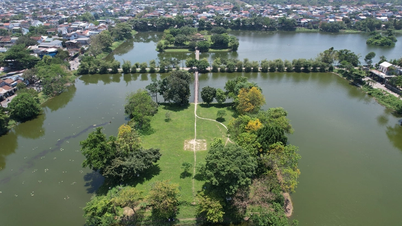










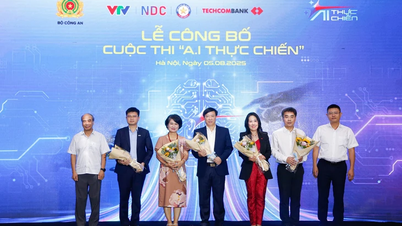










































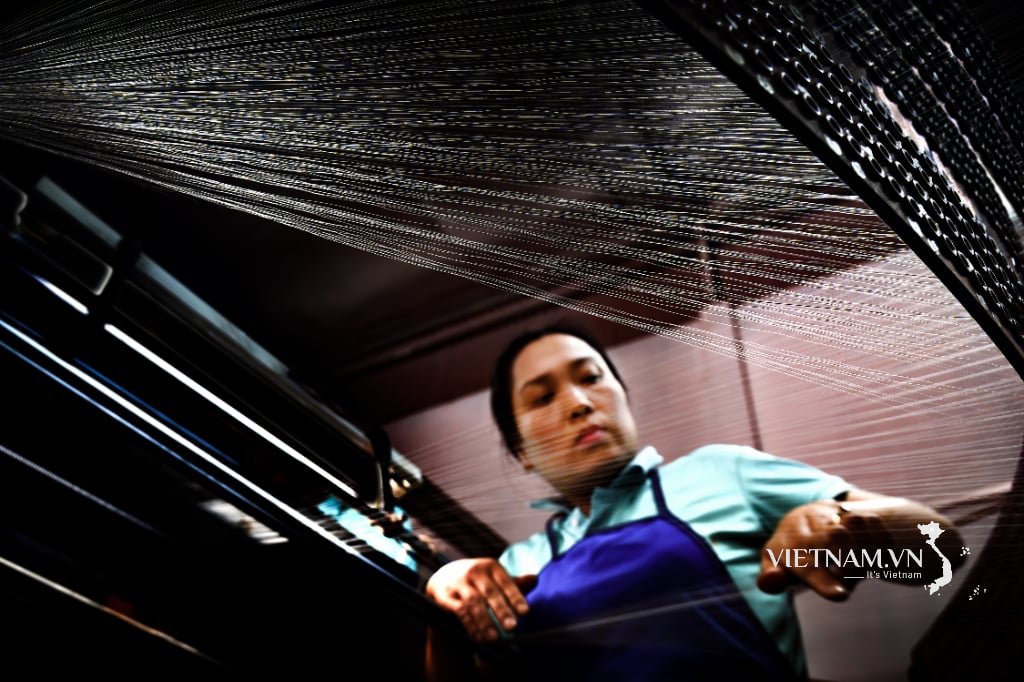



Comment (0)